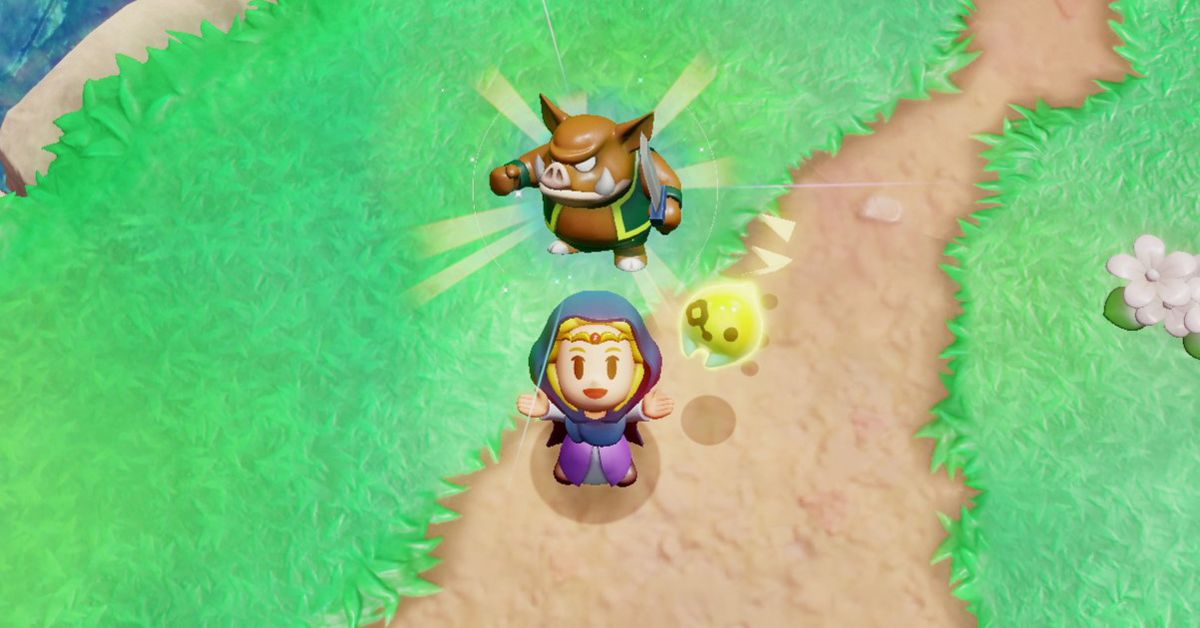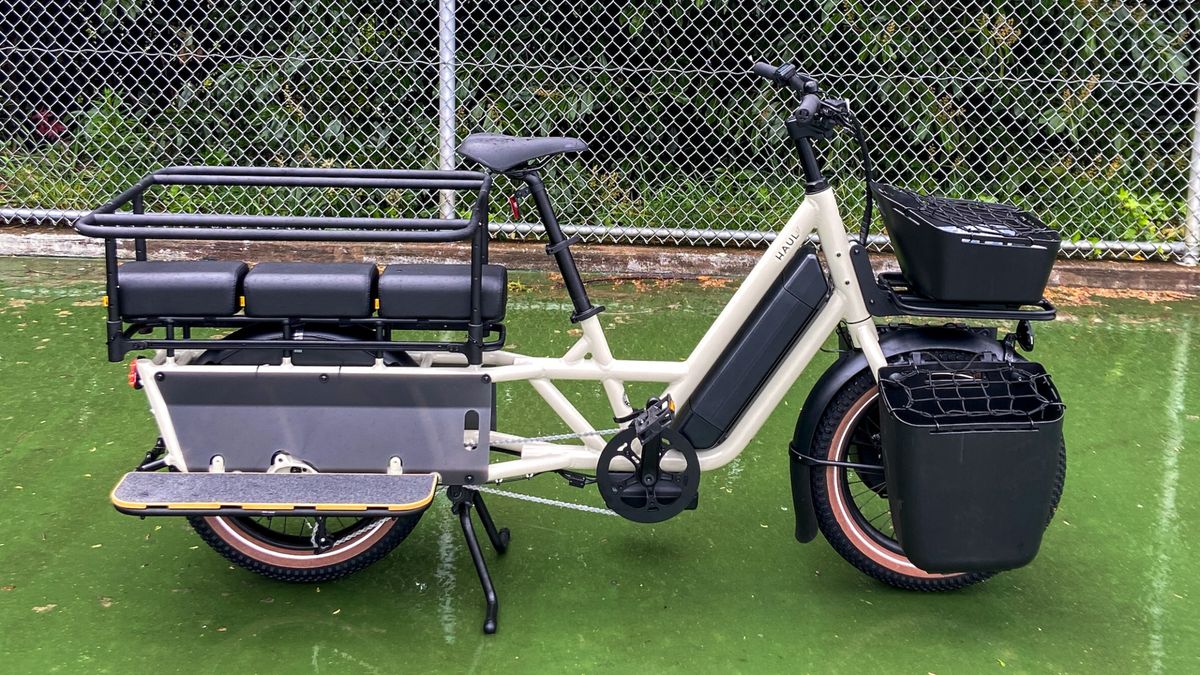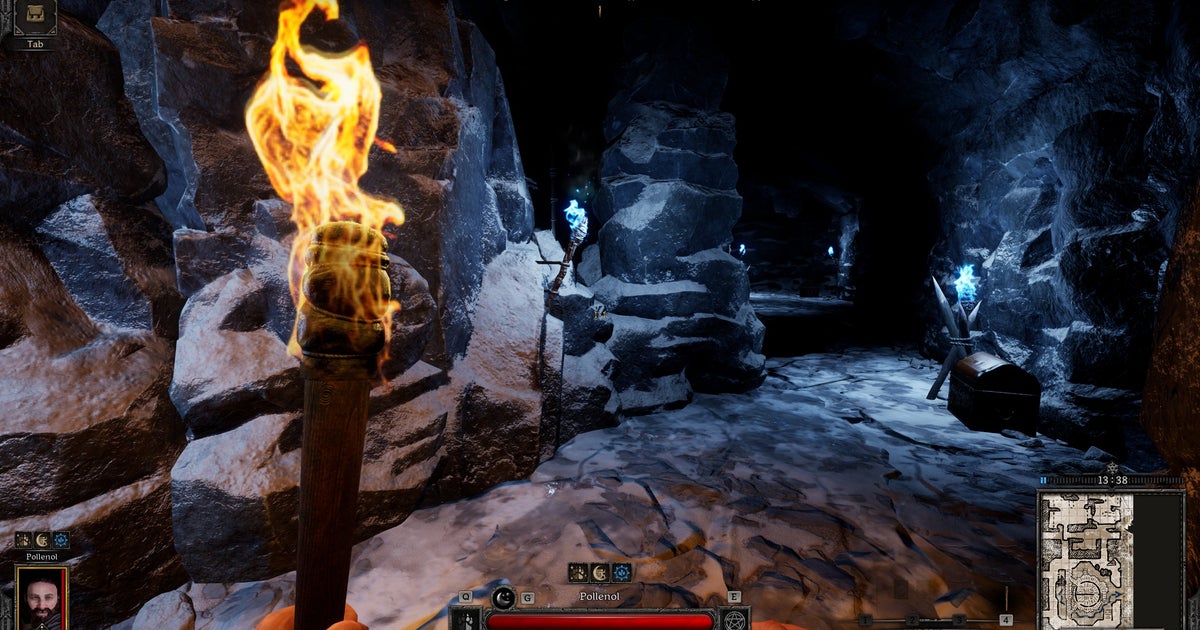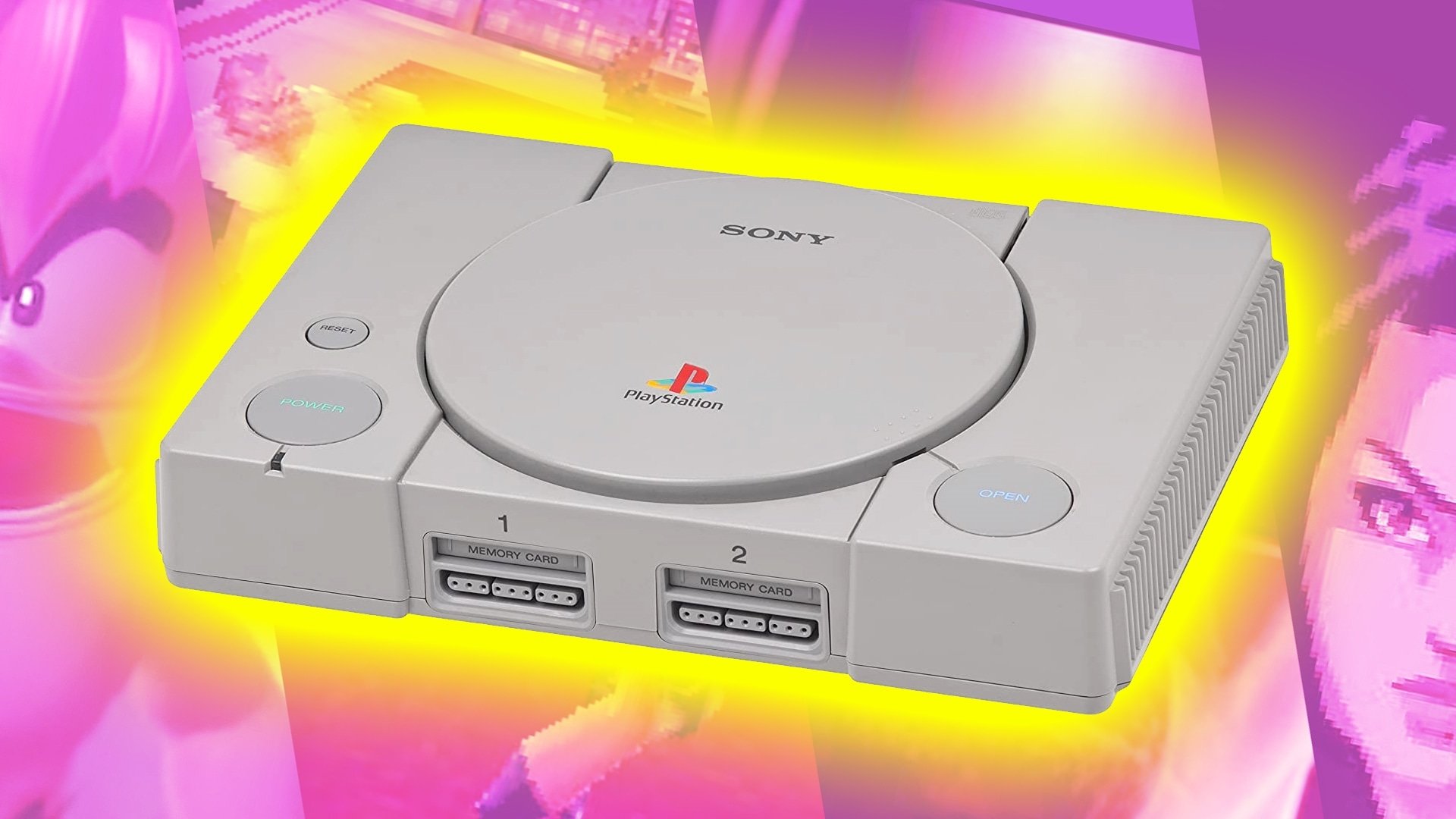Zelda: Echoes of Wisdom confirms that Zelda games have changed forever

The biggest shock of Tuesday The Legend of Zelda: Echoes of Wisdom revealed, of course, that Princess Zelda will be the playable protagonist. The second biggest shock was that the game exists at all, and that it’s coming out in three months.
The third biggest hit took a little longer to register for me, but it’s probably an even bigger deal: Echoes of Wisdom it’s a clear indication that Nintendo has turned its back on what you might call traditional Zelda game design.
Tradition is deeply important to the Legend of Zelda series. This sequence of games, over the 38 years of Earth (and millennia in Hyrule), has essentially told and retold the same story over and over again. Similarly, its game design has transformed and moved within strict boundaries as it observed the time-worn rituals of Zelda.
For decades, each game would unfold in a gradual, non-linear but carefully described fashion, as the player unlocks new tools that fit like keys into the map’s many locks and uses them to find solutions to intricate puzzles. In the first review of a Zelda game I wrote — I think it was for Minish’s cap, in 2004 — I described the games as “clockwork fairy tales,” meaning that they functioned as beautiful, precise machines that the player could plug themselves into. And they stayed that way – until 2017.
:no_upscale()/cdn.vox-cdn.com/uploads/chorus_asset/file/25499206/Switch_TheLegendOfZelda_EchoesOfWisdom_scrn_03.jpg)
Image: Nintendo
Wild spirit ripped up the Zelda rulebook. It gave players all the most important tools at the beginning of the game and allowed them to explore the map in any direction, tackling its challenges in any way. Through systems like weapon durability, weather, durability, and cooking, he also added many variables that would keep players on their toes and encourage improvisation.
Then 2023 Tears of the Kingdom turbocharged this approach with a handful of abilities that seemed designed less to disrupt the game’s design than to break it entirely. Ultrahand allows players to construct their own furniture, buildings, vehicles and appliances with electricity. The fuse connects almost every single object in the game to the weapon system. Rewind allows players to send individual objects back in time. And Ascend — which started life as a debugging tool for developers — is almost a literal cheat, a get-out-of-jail-free card.
With these two open world games, Tears of the Kingdom in particular, series producer Eiji Aonuma and his team shifted the Zelda design paradigm towards openness and player creativity (up to a point). These games were wildly popular, but—perhaps due to the accumulated cultural weight of the first three decades of Zelda games—I assumed that traditional Zelda would live on alongside this new breed, perhaps in smaller-scale titles that harken back to 2D roots of the series .
It doesn’t seem. presenting Echoes of Wisdom in a video, Aonuma said, “Here, we wanted to create a new gameplay style that breaks the conventions seen in past Legend of Zelda games with a top-down perspective,” he said. Nintendo isn’t done messing with its beloved franchise — or rather, letting gamers mess with it and challenging its designers to keep up with them.
In the game, Princess Zelda can use a magical staff called the Tri Rod to create copies of objects, even monsters, called Echoes. She can build stairs out of bed frames, summon Moblins to fight for her, or create free-standing water columns. In the video, Aonuma noted that how battles are played or puzzle solutions will vary greatly from player to player depending on the echo they use. The Echo ability is Princess Zelda’s Ultrahand; as in Tears of the Kingdomthe ability to force game challenges or step outside of the usual Zelda rules to bypass them is built into the game’s design and part of the fun.
Echoes of Wisdom will be the first brand new Zelda game to come out since Link’s open world adventures rocked the series. Visually, it looks exactly like the 2019 remake of the 1993 classic Awakening the Connection, but design-wise it feels like it belongs in this different, newer breed of Zelda games. Embracing player creativity and freedom now seems to be a core tenet of the series. Aonuma’s Quiet Revolution Continues; Zelda will never be the same.





